Archives
- 2025-12
- 2025-11
- 2025-10
- 2025-09
- 2025-03
- 2025-02
- 2025-01
- 2024-12
- 2024-11
- 2024-10
- 2024-09
- 2024-08
- 2024-07
- 2024-06
- 2024-05
- 2024-04
- 2024-03
- 2024-02
- 2024-01
- 2023-12
- 2023-11
- 2023-10
- 2023-09
- 2023-08
- 2023-07
- 2023-06
- 2023-05
- 2023-04
- 2023-03
- 2023-02
- 2023-01
- 2022-12
- 2022-11
- 2022-10
- 2022-09
- 2022-08
- 2022-07
- 2022-06
- 2022-05
- 2022-04
- 2022-03
- 2022-02
- 2022-01
- 2021-12
- 2021-11
- 2021-10
- 2021-09
- 2021-08
- 2021-07
- 2021-06
- 2021-05
- 2021-04
- 2021-03
- 2021-02
- 2021-01
- 2020-12
- 2020-11
- 2020-10
- 2020-09
- 2020-08
- 2020-07
- 2020-06
- 2020-05
- 2020-04
- 2020-03
- 2020-02
- 2020-01
- 2019-12
- 2019-11
- 2019-10
- 2019-09
- 2019-08
- 2019-07
- 2018-07
-
Unexpectedly CRF receptor agonist and antagonist evoked simi
2020-05-16
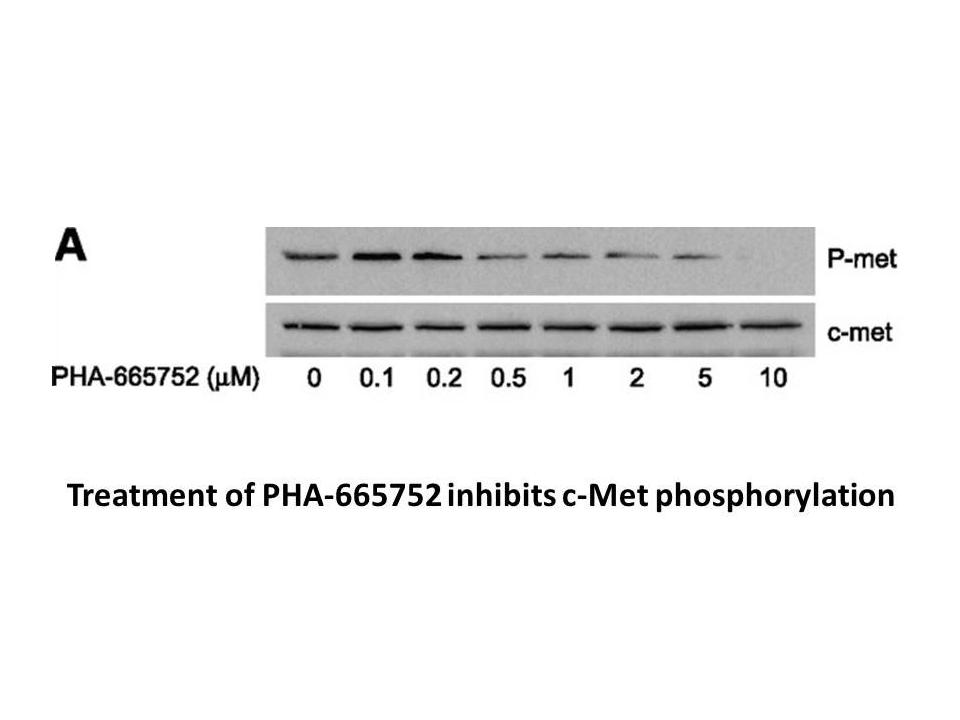
Unexpectedly, CRF2 receptor agonist and antagonist evoked similar effects in the fall in tail skin temperature caused by restraint. However, Ucn3 reduced basal values of tail skin temperature, thus indicating that some degree of basal vasoconstriction caused by BNST treatment with Ucn3 may have cont
-
Six substrate recognition sites SRS SRS have been identified
2020-05-15
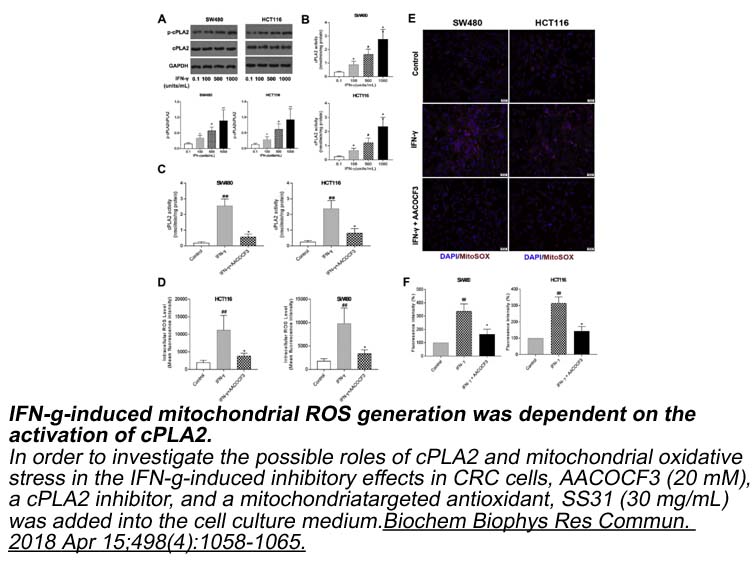
Six substrate recognition sites (SRS1-SRS6) have been identified at positions 102-123, 204-209, 238-244, 301-319, 374-382 and 483-492 (Table 2, underlined residues) based on Gotoh\'s proposal [30]. CYP3A163 displays the similar characteristic long sequences between helices F and G presenting two add
-
The present study failed to demonstrate an
2020-05-15
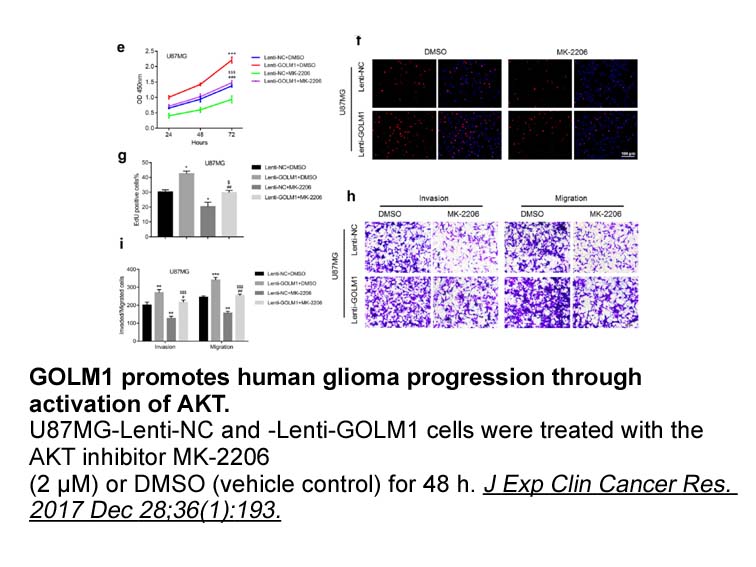
The present study failed to demonstrate an independent association of preoperative ChE with BCR. This is in contrast to Koie et al. who reported that pretreatment serum ChE was significantly associated with BCR in 535 patients with CaP who underwent RP (5-year BRFS rates were 77.7% and 55.0%, respec
-
BGP-15 br Transparency document br Introduction The cyclic n
2020-05-15
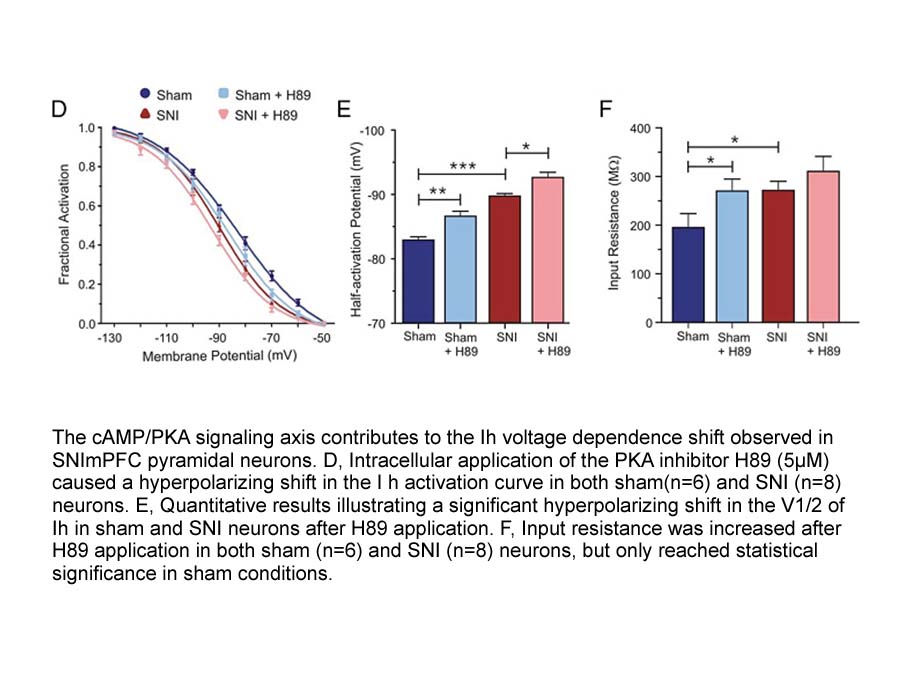
Transparency document Introduction The cyclic nucleotide adenosine 3′,5′-cyclic monophosphate (cAMP) exerts both an endothelium-dependent and an endothelium independent vasorelaxant action in rat BGP-15 [1]. cAMP direct, endothelium-independent vasorelaxant effects have been attributed to sev
-
br Target enzyme attributes and substrate peptide selection
2020-05-15

Target enzyme attributes and substrate peptide selection Protein kinases catalyze the phosphorylation of serine, threonine, and tyrosine residues in both proteins and peptides using ATP as the phosphoryl donor. The human kinome is comprised of 518 protein kinases and 40 lipid kinases. The vast ma
-
This study has some limitations First the immunoblot
2020-05-15
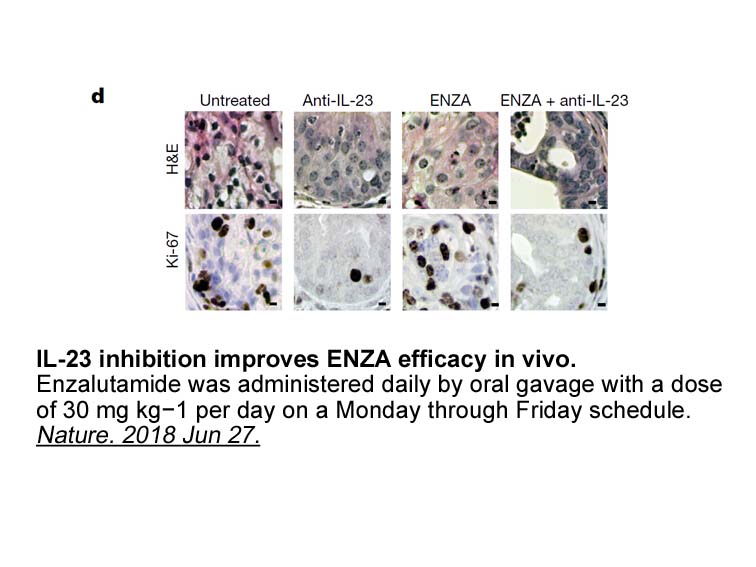
This study has some limitations. First, the immunoblot analyses performed in the present study did not test for whole retinal antigens. Therefore, we could not exclude the possibility that the clinical features of our cases were caused by the activity of other antiretinal antibodies, although the sa
-
The small intestine in addition
2020-05-15
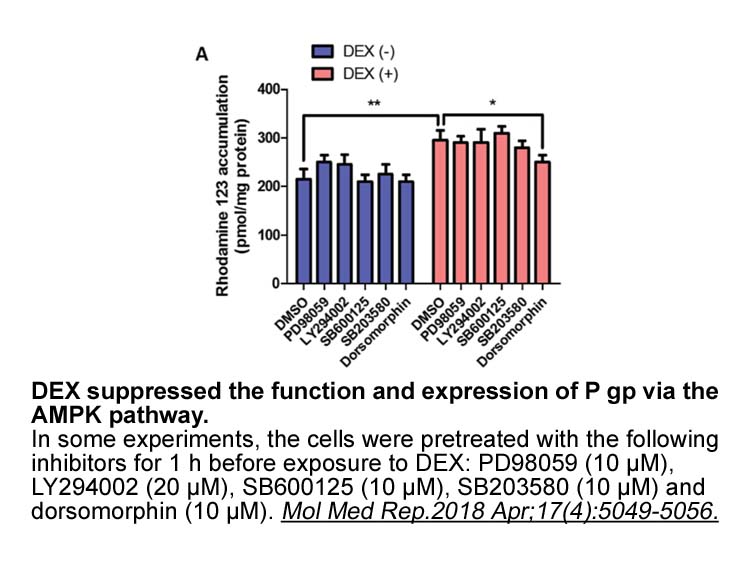
The small intestine, in addition to its primary role of absorption, has the ability to metabolize drugs and other xenobiotics through phase 1 and phase 11 metabolisms [25] since almost all the cytochrome P450 Imipenem present in the liver are also present in the small intestine although, in lower c
-
In conclusion we provide convincing evidence that the PRRSV
2020-05-15
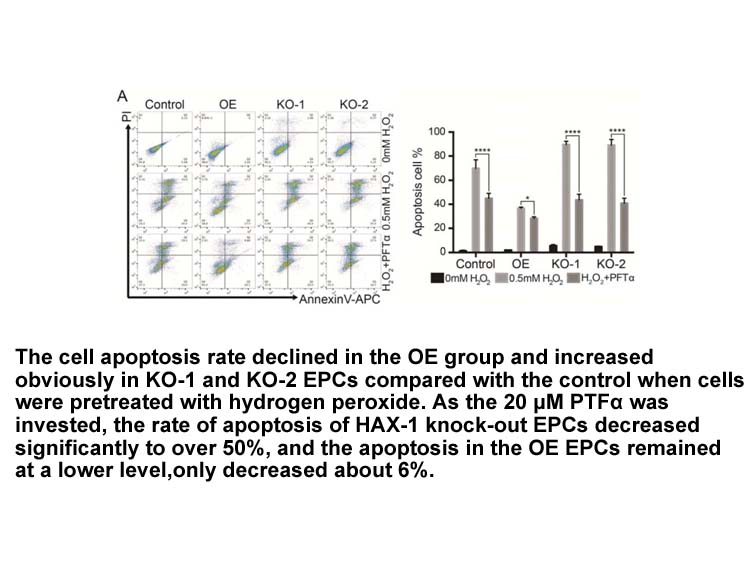
In conclusion, we provide convincing evidence that the PRRSV-induced SGs are indeed bona fide SGs. While we determined that mRNA is present in the PRRSV-induced SGs, we did not distinguish its origin. Future studies will need to determine whether the mRNA stored in PRRSV-induced SGs is of cellular o
-
Fluconazole In addition to playing important roles in
2020-05-15
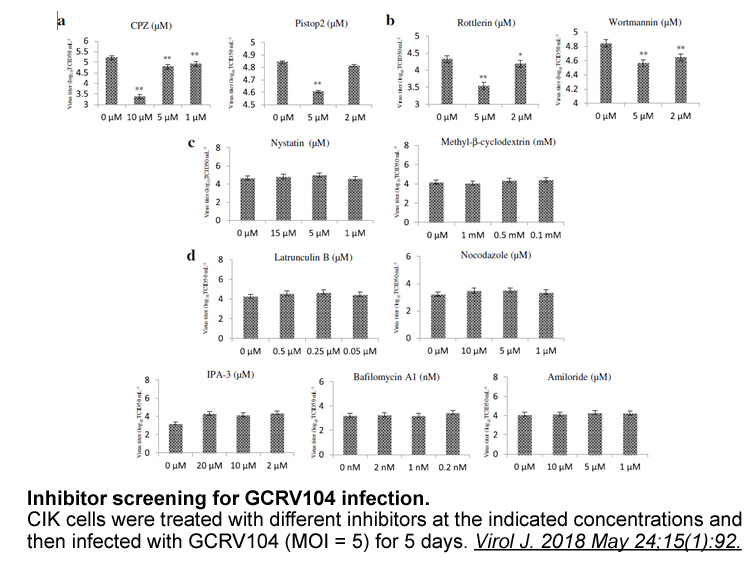
In addition to playing important roles in the immune system, EBI2 is also expressed in the Fluconazole of the central nervous system (CNS), namely astrocytes, and this receptor regulates astrocyte signalling, as well as astrocyte cell migration (Rutkowska et al., 2015, Rutkowska et al., 2016a). More
-
br TRIM TIF A RNF TRIM contains
2020-05-15
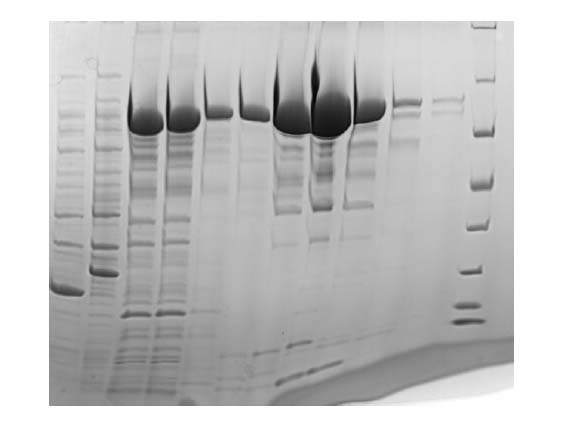
TRIM24 (TIF1A, RNF82) TRIM24 contains a RING-both B-boxes-coiled coil conserved structure at the N-terminus with bromo and PHD domains prior to C-terminal end (Fig. 3). This transcriptional intermediary factor is well studied in the context of transcriptional activation of nuclear receptor via ac
-
Thiorphan At this stage it is still difficult to assign spec
2020-05-15
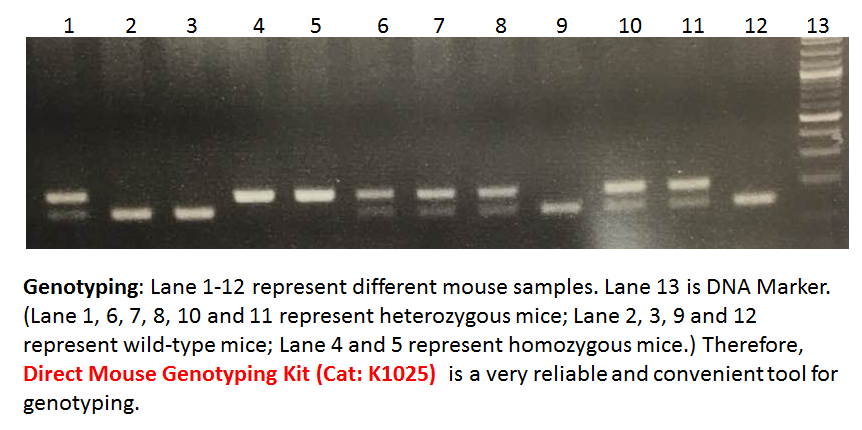
At this stage it is still difficult to assign specific domains to some of the regions observed in these structures, although some attempts have already been made (Brewerton et al., 2004). Clearly, higher resolution data is needed. In the future, even if an atomic structure of DNA-PKcs is determined,
-
br Authors contributions br Acknowledgements br Introduction
2020-05-15
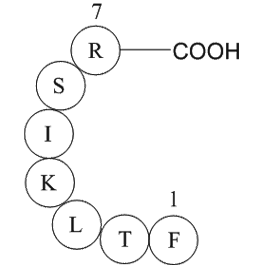
Authors’ contributions Acknowledgements Introduction Retinoic Temafloxacin hydrochloride is a key signalling molecule in healthy development and in differentiation of stem cells, albeit uncontrolled levels of retinoic acid can lead to mutagenesis [1]. In eukaryotes retinoic acid is made by
-
The main variable of the study was
2020-05-15
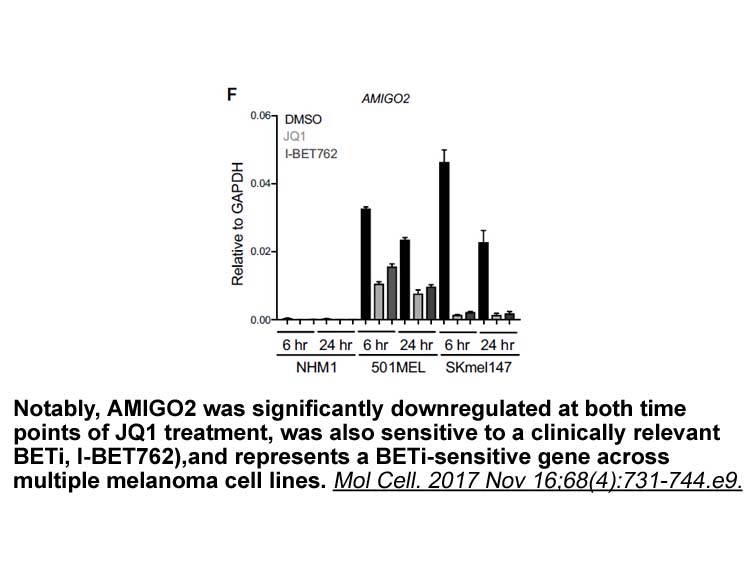
The main variable of the study was whether there was an association between the COMT Val158Met polymorphism and motor behavior. Additionally, it was investigated whether the effects of the COMT genotypes on the role played by tonic/phasic DA are associated with the stability/flexibility nature of th
-
In the intestine absorbed cholesterol can either be
2020-05-15
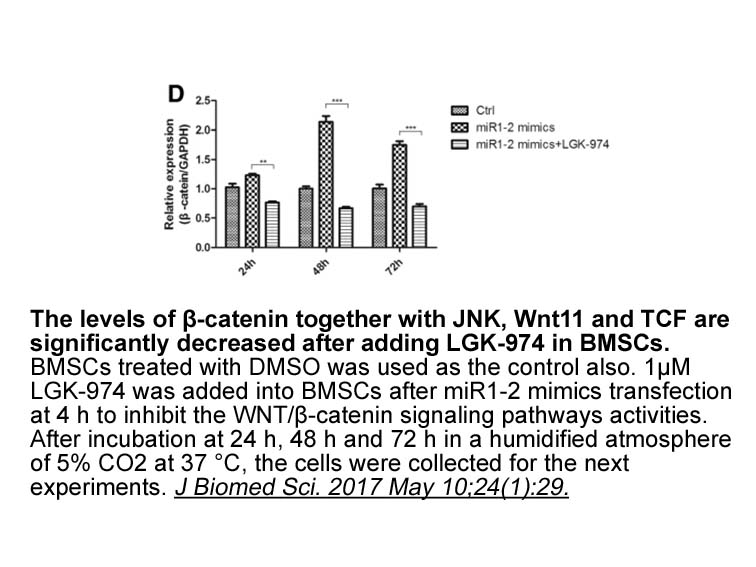
In the intestine, absorbed cholesterol can either be esterified by ACAT2 (Soat2) and packed into chylomicrons, transported back to the intestinal lumen by ABCG5/ABCG8, or it can be transported into HDL by ABCA1. ACAT2 is confined to enterocytes and hepatocytes and esterifies cholesterol for intracel
-
br Acknowledgements This work was supported by
2020-05-15
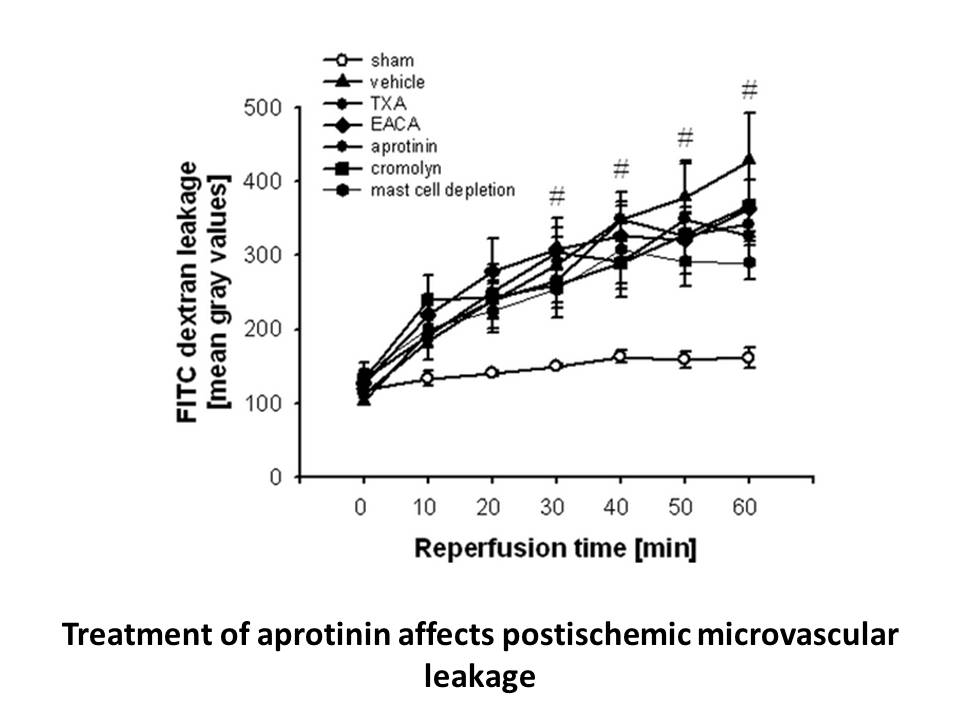
Acknowledgements This work was supported by National Natural Science Foundation of China (31701807, 31572000) and Jiangsu Province Science Foundation for Youths (BK20170491). Introduction Two Cl− channels of the ClC family, ClC-K1 and ClC-K2 (or their human orthologs ClC-Ka and ClC-Kb, respe
15011 records 857/1001 page Previous Next First page 上5页 856857858859860 下5页 Last page